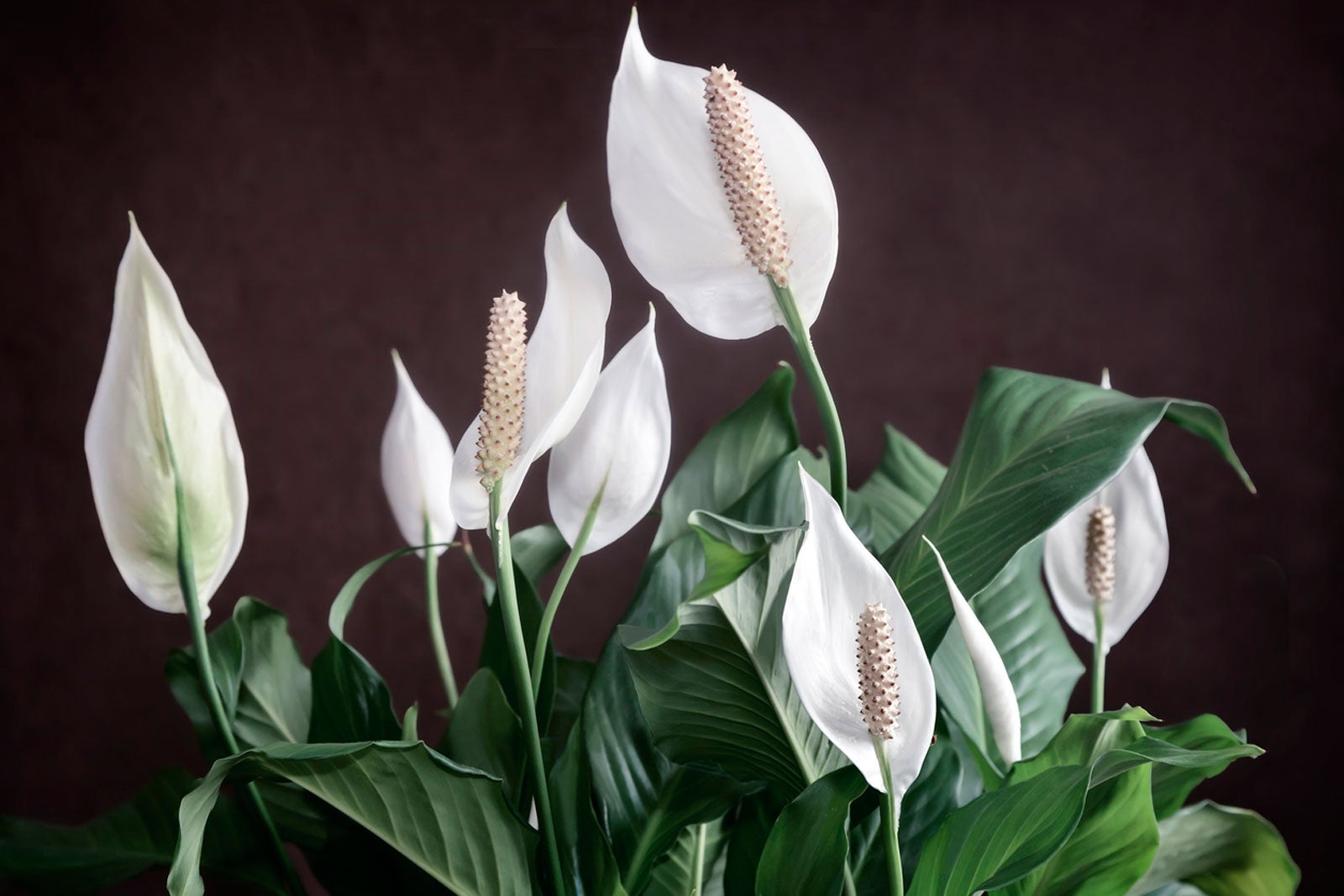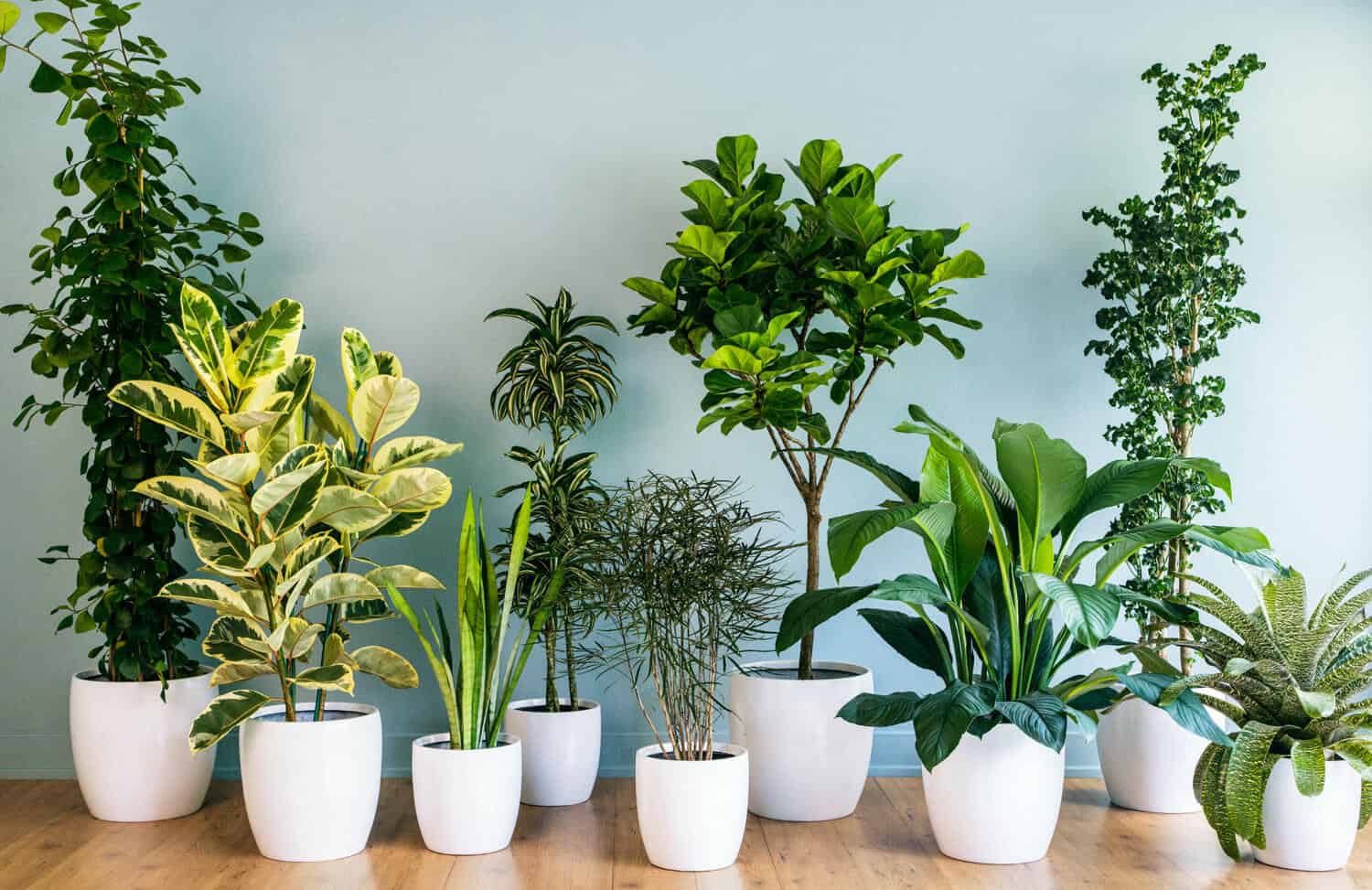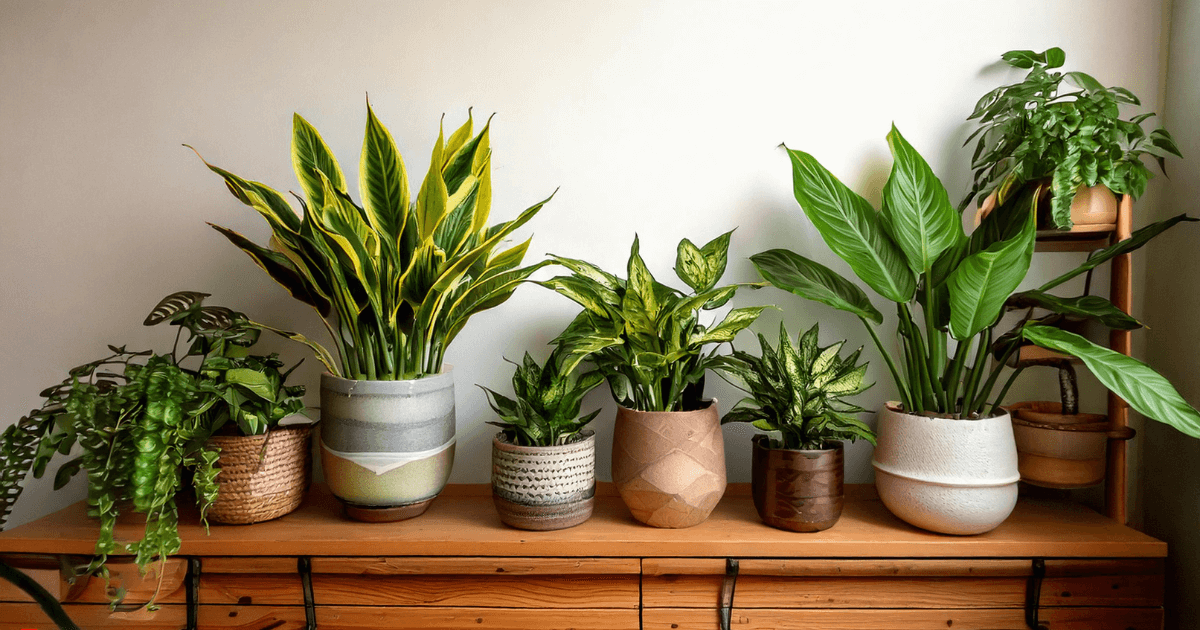Best Low-Light Indoor Plants That Add Greenery to Any Space with Little Light
Best Low-Light Indoor Plants That Add Greenery to Any Space with Little Light
Blog Article
Transform Your Home With Beautiful Low-Light Indoor Plants and Their Advantages
Integrating low-light interior plants into your home can substantially boost both the aesthetic and environmental quality of your home. These plants, which flourish in dim problems, offer not only as ornamental components yet also as natural air cleansers, making them ideal for urban residents or those with minimal sunshine exposure. As we explore the different kinds of low-light plants and their advantages, you might locate surprising methods to incorporate them right into your home that can change your environments in methods you may not have actually expected.
Advantages of Low-Light Plants
Low-light plants supply numerous advantages for indoor environments, making them an exceptional option for both amateur and experienced gardeners. One of the primary benefits is their adaptability to low-light conditions, allowing individuals to enhance their space without the need for substantial sunshine exposure. This characteristic makes them suitable for apartment or condos, workplaces, and various other areas with restricted natural light.

Moreover, incorporating low-light plants right into home décor can elevate the aesthetic allure of a room. Their lavish vegetation and varied structures create a calming atmosphere, adding to total wellness. The visibility of plant has been connected to minimized anxiety levels and boosted efficiency, making low-light plants a useful choice for boosting both mental and physical wellness in indoor setups.
Top Low-Light Indoor Plants
While numerous interior plants prosper in bright light, numerous species are specifically well-suited for low-light problems, making them perfect for numerous indoor rooms. One prominent selection is the Snake Plant (Sansevieria), recognized for its striking upright leaves and durability, calling for very little treatment. One more excellent choice is the Pothos (Epipremnum aureum), which includes heart-shaped fallen leaves and can trail beautifully from shelves or wall mounts, flourishing in reduced light and including a lush touch.
The ZZ Plant (Zamioculcas zamiifolia) is celebrated for its shiny fallen leaves and ability to hold up against overlook, making it best for active lifestyles. The Tranquility Lily (Spathiphyllum) not just endures reduced light yet also produces spectacular white flowers, improving any kind of area's visual.
For an one-of-a-kind touch, consider the Cast Iron Plant (Aspidistra elatior), which certainly measures up to its name, flourishing in the darkest corners of your home. The Chinese Evergreen (Aglaonema) provides a range of leaf patterns and colors while being exceptionally forgiving in low-light conditions. These plants not just improve interior atmospheres but also add to air purification, enhancing your living space.
Care Tips for Low-Light Plants

Sprinkling techniques are crucial; these plants typically like a little completely dry problems. Overwatering can bring about root rot, so ensure that the leading inch of dirt is completely dry prior to sprinkling once more. Usage pots with water drainage openings to permit excess dampness to escape.
Moisture is an additional important factor. Many low-light plants, such as ferns and peace lilies, benefit from higher moisture degrees. To boost moisture, think about misting the fallen leaves or putting a tray of water near the plants.
Fertilization ought to be approached with caution. Throughout the growing season, use a watered down, balanced fluid plant food on a monthly basis to sustain development, but avoid feeding throughout the inactive cold weather.

Innovative Ways to Present Plants
Interior plants can work as captivating focal points in any kind of area, enhancing both aesthetic appeal and atmosphere. Imaginative display screens can boost the visual impact of low-light plants, making them an important component of your home decoration. you can try here One reliable approach is to make use of tiered plant stands, which allow you to showcase multiple plants at varying heights while taking full advantage of floor area.
Hanging planters are an additional cutting-edge alternative, developing a feeling of deepness and attracting the eye up. Think about macramé wall mounts or wall-mounted shelves to introduce a distinct structure and style.
For a much more structured method, use geometric terrariums or glass containers to house your plants, adding a modern-day touch to your indoor yard. You can also repurpose vintage things, such as teacups or wood crates, for an eclectic display screen that shows your individuality.
Enhancing Home Atmosphere With Plants
Incorporating low-light plants right into your home not just improves visual allure but also contributes considerably to the general setting. These plants act as natural design components, presenting a sense of serenity that can change any room. The presence of plant cultivates a relaxing ambience, which is particularly valuable in high-stress settings such as home workplaces or living spaces.
Low-light plants, such as serpent plants, pothos, and ZZ plants, are not just aesthetically pleasing yet additionally enhance interior air high quality by filtering toxins. This double feature enhances the ambiance further, developing a healthier space (Best low-light indoor plants). The strategic positioning of these plants can also affect the perception of room; for example, high plants can draw the eye upwards, making ceilings appear greater and rooms a lot more roomy
In addition, varying appearances and colors of vegetation add deepness to interior decoration, enabling creative expression in home designing. Whether positioned on shelves, in edges, or as centerpieces, low-light plants can raise the state of mind of any type of room. In summary, their website integrating these plants right into your home is an effective method to cultivate a warm, welcoming ambience while reaping the advantages of boosted air quality and aesthetic convenience.
Conclusion
Incorporating low-light indoor plants into home atmospheres provides many advantages, consisting of improved aesthetic charm and enhanced air high quality. These durable plants, such as the Snake Plant and Peace Lily, require minimal light and maintenance, making them suitable for varied way of livings.
While several interior plants prosper in intense light, numerous varieties are specifically appropriate for low-light conditions, making them suitable for different indoor spaces. One effective approach is to make use of tiered plant stands, which enable you to showcase multiple plants at differing elevations while maximizing flooring room.
Low-light plants, such as snake plants, pothos, and ZZ plants, are not only cosmetically pleasing yet likewise improve interior air high quality by filtering pollutants. Best low-light indoor plants. The critical positioning of these plants can also affect the assumption of area; for circumstances, high plants can attract the eye upward, making ceilings show up higher and rooms extra large
These resilient plants, such as the Serpent Plant and Peace Lily, require marginal light and maintenance, making them ideal for diverse lifestyles.
Report this page